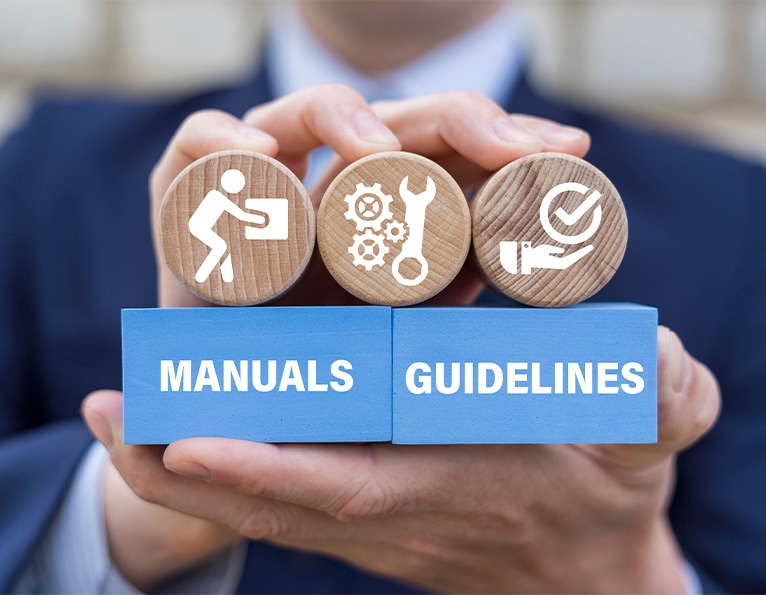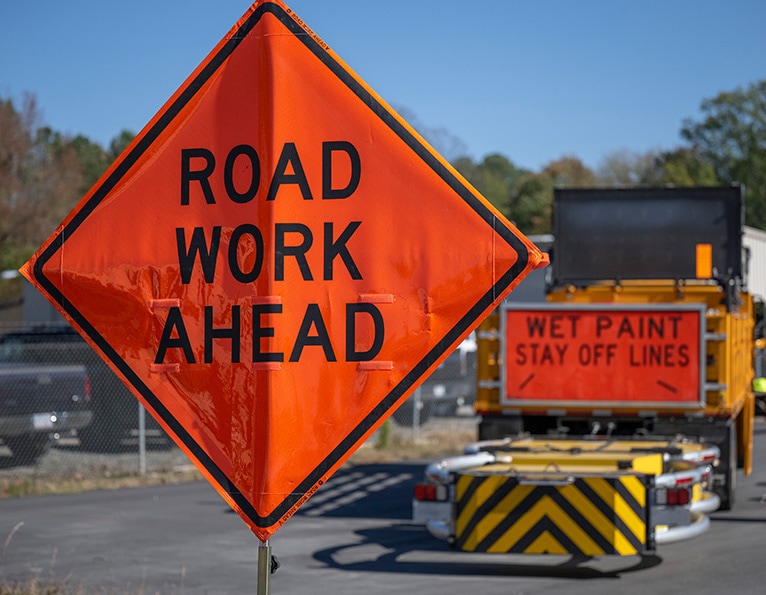
Roadway crashes are a result of three primary contributing factors: human behavior, the roadway itself and the vehicle. Research proves that the greatest potential to improve roadway safety is by a comprehensive approach that includes enforcement, education, emergency response and temporary traffic control safety countermeasures.
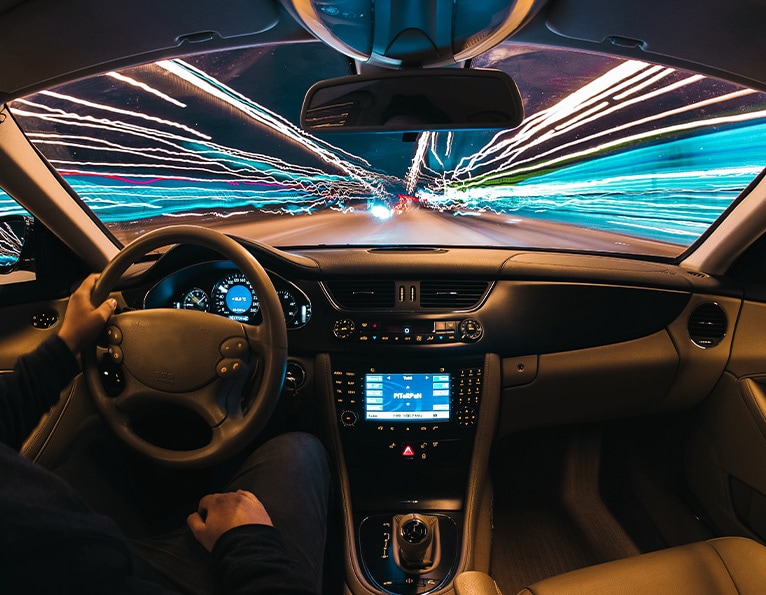
The emergence of innovative technologies influences our culture and the way we look to the future. Outsiders of the industry may look to autonomous vehicles as an icon of innovation on the roadways, but for state department of transportation (DOT) officials, manufacturers, suppliers, and contractors in the roadway safety industry, innovation is not a stationary achievement.
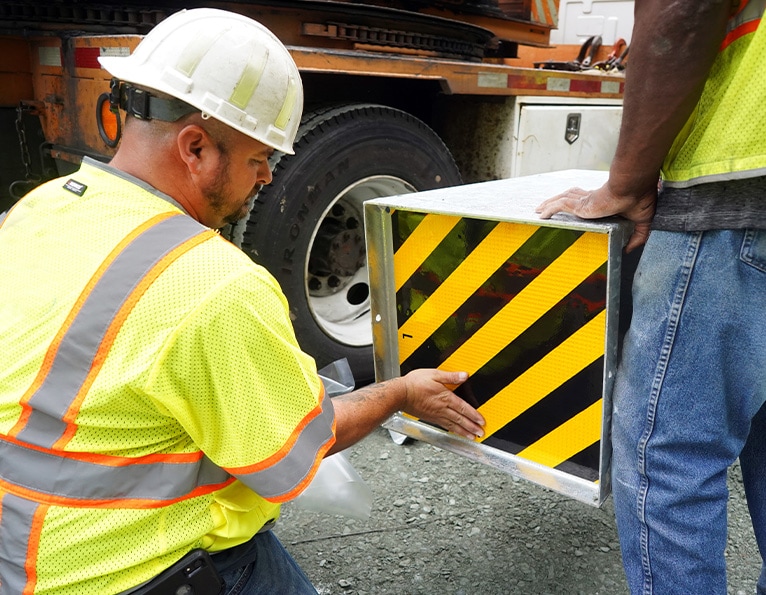
Roadway departure crashes account for more than 50% of all motor vehicle traffic fatalities. Over the past few decades, different engineering countermeasures have been proposed, implemented and tested by various state and local agencies to mitigate roadway departure crashes. Roadside safety hardware design is one of the most effective countermeasures to reducing fatal crashes.
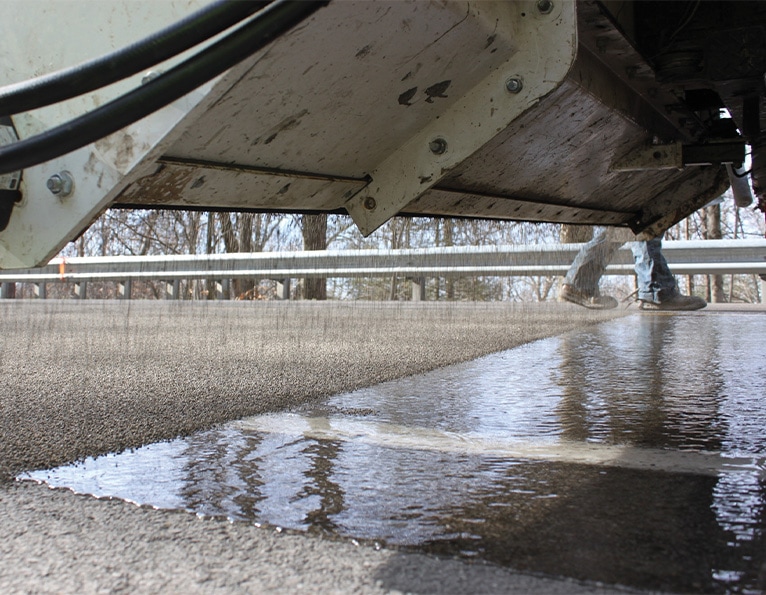
Crashes on our nation’s roadways continue to be one of the leading causes of fatalities and major injuries in the U.S., particularly in rural areas. A cost-effective approach that has proven to be effective in addressing high “friction demand” locations is the installation of High Friction Surface Treatment (HFST).
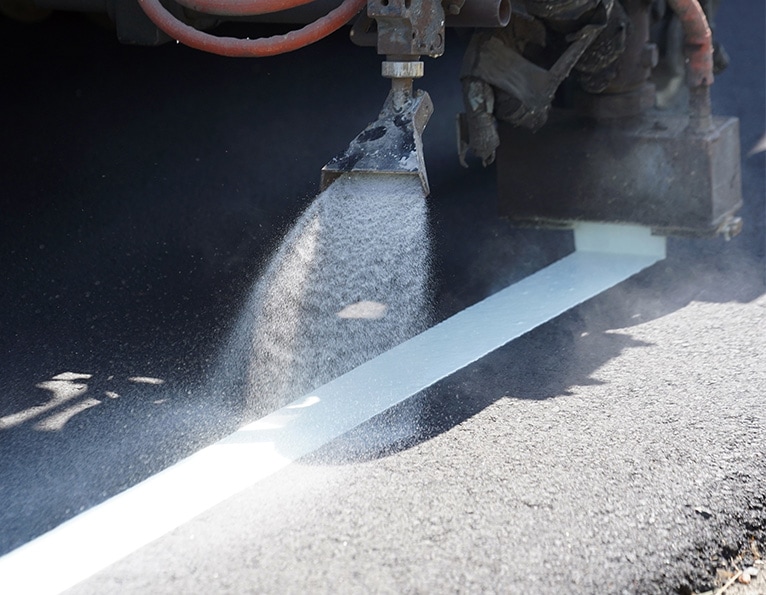
Pavement markings are of the utmost importance for both conventional and Connected Automated Vehicles (CAVs) motorists. ATSSA works to assert the proper maintenance of pavement marking and advance technologies being developed to enhance safety benefits and accommodate CAVs.
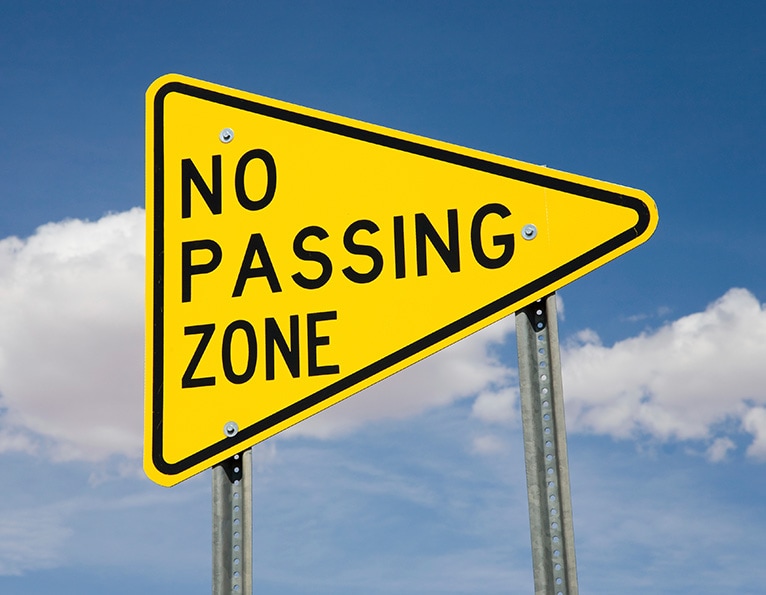
Signs are important fixtures that help advance roadway safety every day throughout the U.S. Traffic signs are now being looped into the world of autonomous driving technology. Research efforts are being made to equip traffic signs with technology, like embedded machine-readable codes, to allow them to communicate with Connected Automated Vehicles (CAVs) and other mapping devices.
